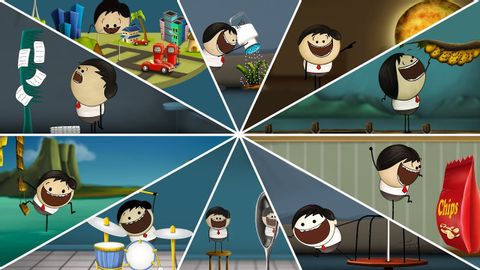
Subtitles & vocabulary
How does a plastic comb attract paper? plus 10 more videos... #aumsum
00
AumSum posted on 2019/04/16Save
Video vocabulary
sensation
US /sɛnˈseʃən/
・
UK /sen'seɪʃn/
- Noun
- (Person) attracting the interest of many people
- Mental feeling caused by a previous experience
B1
More force
US /fɔrs, fors/
・
UK /fɔ:s/
- Noun
- Group of persons trained for military action; army
- Pressure; attraction
- Transitive Verb
- To use physical strength or violence to persuade
- To break open (something) using force.
A1
More amount
US /əˈmaʊnt/
・
UK /ə'maʊnt/
- Noun (Countable/Uncountable)
- Quantity of something
- Intransitive Verb
- To add up to a certain figure
A1TOEIC
More neutral
US /ˈnu:trəl/
・
UK /ˈnju:trəl/
- Adjective
- Something with pH value of 7
- Having no positive or negative electrical charge
- Noun (Countable/Uncountable)
- Color that is dull and not bright, such as gray
- The rest position for gears in a car or vehicle
B1
More Use Energy
Unlock All Vocabulary
Unlock pronunciation, explanations, and filters
